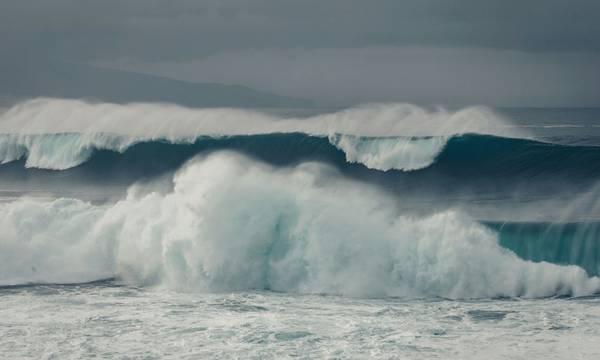A powerful 8.8 magnitude earthquake struck off the eastern coast of Russia’s Kamchatka Peninsula late Tuesday night, triggering widespread tsunami warnings across the Pacific Ocean, including Japan, the United States, the Philippines, and parts of Central and South America.
The quake, which occurred at approximately 7:24 p.m. EST, struck about 84 miles east-southeast of Kamchatka at a depth of 20.7 kilometers. It is now classified as the sixth most powerful earthquake ever recorded globally, and the strongest in the region since 1952.
First Tsunami Waves Make Landfall
Footage from Severo-Kurilsk, a town in the Kuril Islands near the epicenter, showed buildings submerged and water flooding inland streets. Several people were injured, including at least one woman who sustained injuries after jumping from a window during the initial shock.
Meanwhile, Japan’s northern island of Hokkaido reported waves of up to 30 centimeters, prompting immediate evacuation orders and emergency broadcasts from NHK urging residents: “Do not wait — evacuate now.”
Mass Evacuations and Global Alerts
Millions across Hawaii, California, Oregon, Washington, Guam, and Alaska were placed under tsunami warnings and advisories. In Honolulu, all commercial vessels were ordered to leave harbors, and the Governor of Hawaii, Josh Green, issued an emergency proclamation urging residents in coastal zones to seek higher ground immediately.
Residents across Los Angeles, Santa Barbara, and Ventura counties were advised not to go near beaches or marinas, with the first wave expected around 4 a.m. EST.
In the Galápagos Islands, Ecuador began evacuations from low-lying coastal zones, while Mexico, Peru, Chile, and Costa Rica placed their emergency systems on high alert. The Philippines and Indonesia also warned coastal communities to prepare for potential wave impacts between 1 and 3.5 meters.
Earthquake Within the Ring of Fire
Kamchatka lies within the Pacific Ring of Fire, one of the most seismically active zones on Earth. According to the Russian Academy of Sciences, this was the region’s most powerful earthquake in over seven decades, surpassing even the deadly 1952 quake that generated a destructive tsunami across the Pacific.
Danila Chebrov, Director of the Kamchatka Branch of the Geophysical Service, stated that while the quake was extremely strong, “certain characteristics of the epicenter lessened shaking intensity inland.” However, aftershocks continue, with at least six significant tremors already recorded, two exceeding 6.9 magnitude.
Global Coordination Underway
U.S. emergency agencies, including FEMA, are in active communication with Hawaiian officials in anticipation of potential damage. Tsunami sirens have triggered mass evacuations and gridlocked roads across the islands, with residents heading inland and to high-rise buildings for vertical evacuation.
Elsewhere, emergency protocols have been activated in China, Taiwan, French Polynesia, New Zealand, Tonga, Colombia, and Australia — though the latter reported no immediate threat to its territories.
A Stark Reminder
This seismic event is the most powerful to strike the planet since March 2011, when a 9.1-magnitude earthquake devastated northeast Japan, killing nearly 20,000 people and triggering the Fukushima nuclear disaster. Today’s event has reignited fears of similar large-scale consequences.
Authorities worldwide continue to monitor the unfolding situation closely. Coastal populations are urged to stay informed, heed local warnings, and not return to evacuation zones until the all-clear is officially issued.














